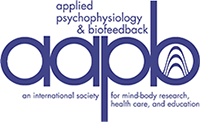QSEMG: Quantitative Surface Electromyography: Origins and Applications in Physical Rehabilitation
In a review of the topic, Pollock, Baer, Pomeroy, and Langhorne (2009) concluded that surface electromyography (SEMG) biofeedback does not appear to have any positive benefit for recovery for loss of motor function. One would expect that a modality that can provide a window onto muscle functioning would be widely used as a means to restore motor function after injury. However, in 2019 little had changed regarding the use of SEMG. It is not commonly found in the armamentarium of treatment options in the typical physical/occupational therapy clinic. The reasons for this are multifaceted, but can be summarized as lack of knowledge or application of the conditions required for success. This article will attempt to encourage the reader to engage in further study for one very important reason—it enables successful treatment.

Contributor Notes
